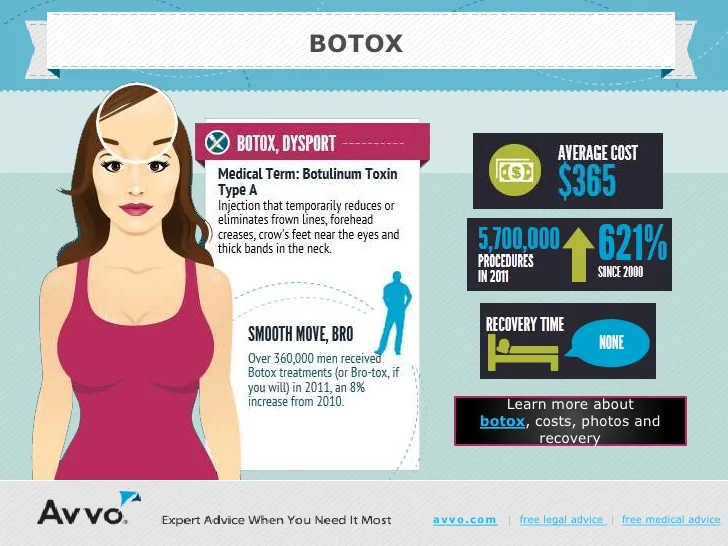Benzoyl peroxide eliminates microorganisms that create acne and aids get rid of excess oil. It also helps decrease the appearance of dark spots that linger after pimples clear.
Avoid components that block pores, like mineral oils, and go with moistening ingredients that aid smooth skin. Seek these 4 ideal anti-acne active ingredients.
Willow Bark Remove
Willow bark extract is a natural source of salicylic acid. When used at cosmetic concentrations, it can cause a similar effect as synthetic salicylic acid without its drawbacks (primarily irritation).
The extract includes prodrug salicin, which is rapidly metabolized to the active compound, acetylsalicylate. Its anti-inflammatory and analgesic effects come from this metabolite, in addition to various other chemical parts of the plant such as phenolic acids, flavonoids, and polyphenols.
It additionally has sedative residential or commercial properties, which make it effective in treating chronic pain and rheumatic conditions such as osteoarthritis. However, because it contains chemicals that mimic aspirin, individuals that have a well-known hatred pain killers must prevent willow bark supplements. It can likewise communicate with a number of medications, including aspirin and various other nonsteroidal anti-inflammatory medicines (NSAIDs) and cyclooxygenase preventions, such as advil (Advil, Motrin), and may enhance the risk of belly blood loss. It can likewise communicate with some diuretics (water pills) and can raise blood degrees of certain medicines, such as phenytoin (Dilantin).
Kaolin
Lengthy prior to AHAs, BHAs and plenty of various other ingredients, beauty enthusiasts turned to among one of the most efficient components to assist avoid breakouts: kaolin. Kaolin clay is naturally adsorbent, which aids to draw excess oil and pollutants from skin. It is used in makeup, cosmetics, day spa body treatments, and as a mild rough in toothpaste. It's also made use of in vet medicinal products to deal with digestion problems and in poultices for dealing with injuries.
This mineral clay can be white, yellow, pink or red (red kaolin suggests a high concentration of iron oxide) and is often combined with eco-friendly tea leaves to form a comforting face mask. It can likewise be found in face cleansers and is specifically beneficial for those with combination or oily skin.
Geige recommends seeking basic formulas without pore-clogging active ingredients, such as alcohol, which can trigger your skin to overproduce oil in an attempt to make up, resulting in outbreaks. Instead, look for an item that contains fatty alcohols like cetyl or shea, as these are much less drying.
Sodium Ascorbyl Phosphate (Vitamin C).
Salt Ascorbyl Phosphate (or SAP, for short) is the "badass all-natural acne treatment" no person's discussing. It's a water-soluble form of Vitamin C that can be made use of in higher focus than its older sibling, L-Ascorbic Acid, without coming to be unsteady or oxidizing quickly.
Research study reveals that it has antioxidant homes and can help reduce staining. It can also work at rebalancing sebum production and dealing with acne-causing germs.
Specialists agree that skin with acne must be treated with ingredients that both scrub and calm. Try to find products that consist of alpha and beta hydroxy acids (AHAs) to break down dead skin cells and unclog pores, in addition to anti-inflammatory ingredients like niacinamide. Likewise, look for oil-free, non-comedogenic creams that don't block pores. You'll additionally want to integrate ingredients that work at eliminating bacteria, such as zinc sulphate and benzoyl peroxide. Last but not least, don't make use of ingredients which contain occlusive agents, such as dimethicone and cyclomethicone, which can develop a greasy movie on the skin and obstruction pores.
Aloe Vera.
There are a handful of scientifically verified ingredients-- like salicylic acid, benzoyl peroxide, retinoids and niacinamide-- that have actually been revealed to help deal with acne by unclogging pores, eliminating bacteria, managing oil and quickening skin cell turnover. Even more natural alternatives like tea tree oil and aloe vera also have antimicrobial, anti-inflammatory and calming microdermabrasion properties.
Referred to as the 'plant of immortality,' Aloe vera is a deep eco-friendly cactus-like plant which contains a gel inside its leaves and can be discovered in sunburn solutions, cosmetic items and restoratives that promote stomach health. However the plant is additionally renowned for its pharmacological and medical properties, and scientists at the Royal Botanic Gardens in southwest London are exploring its numerous declared healing benefits-- consisting of the anti-inflammatory residential or commercial property of the gel inside the fallen leave, the capacity to regulate blood sugar level and cholesterol degrees and its function as a reliable burn wound therapist. They are additionally delving into the plant's transformative history to determine what various other plants it could be closely related to that can share some of its helpful buildings.
